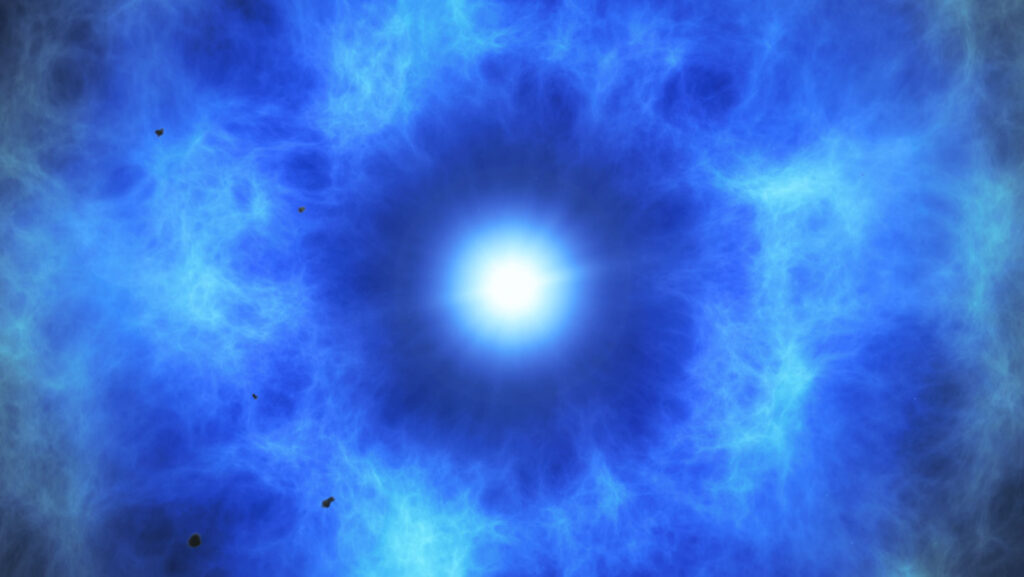For the first time, astronomers have spotted a star that exploded not once, but twice. A new image of a roughly 300-year-old supernova provides visual evidence that some dying stars undergo a double explosion, researchers report July 2 in Nature Astronomy.
Supernovas usually mark the death of massive stars. But medium-sized ones, like the sun, can also go out with a bang. When midsize stars exhaust their hydrogen fuel, they shed everything but their core, leaving behind small inert objects called white dwarfs. These incredibly dense remnants are about the size of Earth with roughly the mass of the sun.
On their own, white dwarfs slowly cool into dark stellar remnants. But when a white dwarf is in orbit with another star, scientists suspect it can become a type 1a supernova, says study coauthor Priyam Das, an astrophysicist at the University of New South Wales in Canberra, Australia. The white dwarf siphons mass from its companion, growing denser, Das says.
What happens next is a mystery, says Carles Badenes, an astrophysicist at the University of Pittsburgh who was not involved in the study. One theory says the white dwarf steals mass until it approaches the Chandrasekhar limit — the maximum mass a white dwarf can attain before collapsing in on itself, about 1.4 times the mass of the sun. At this point, the white dwarf becomes unstable, triggering one huge blast.
But observations of several type 1a supernovas suggest they came from stars that were not near the Chandrasekhar limit, Das says. “Then the problem is, how do you explode?” An answer came from an image — one of the highest-resolution snapshots of any supernova remnant — captured by Das and his collaborators at the Very Large Telescope in Chile.
Getting enough data to create such a high resolution image wasn’t easy. “This has to be on a very dark night. Couldn’t have any moon in the night sky,” Das says. It also couldn’t be too cloudy or foggy. After collecting data for 39 nights over two years, the team finally had a clear image of a supernova remnant 160,000 light-years away in the Large Magellanic Cloud, a tiny neighboring galaxy of the Milky Way. This remnant had a surprising structure: two shells of calcium racing away from where the white dwarf once was.
“It’s very, very hard to explain this with a near-Chandrasekhar explosion,” Badenes says. A single explosion should generate only one shell of calcium. But the layered calcium structure can be explained by the double-detonation theory.
This theory involves the white dwarf stealing helium to create a highly combustible blanket around itself. The blanket explodes well before the dwarf reaches the Chandrasekhar limit. The ensuing shockwave triggers a second, larger blast, creating a supernova. Each explosion creates one wave of calcium, leading to the double-shell structure that Das and his colleagues observed. It was the “smoking gun” for the double-explosion theory, Badenes says.
Not all type 1a supernovas form this way, Das says. They probably form through many routes, which is surprising given their incredibly predictable brightness. This characteristic makes them useful as cosmic measuring tapes, a method that helped uncover the universe’s accelerating expansion, which won the Nobel Prize in 2011.
Understanding the origins of these cosmic blasts, Das says, might shed light on why these supernovas shine so reliably.
Read the full article here


